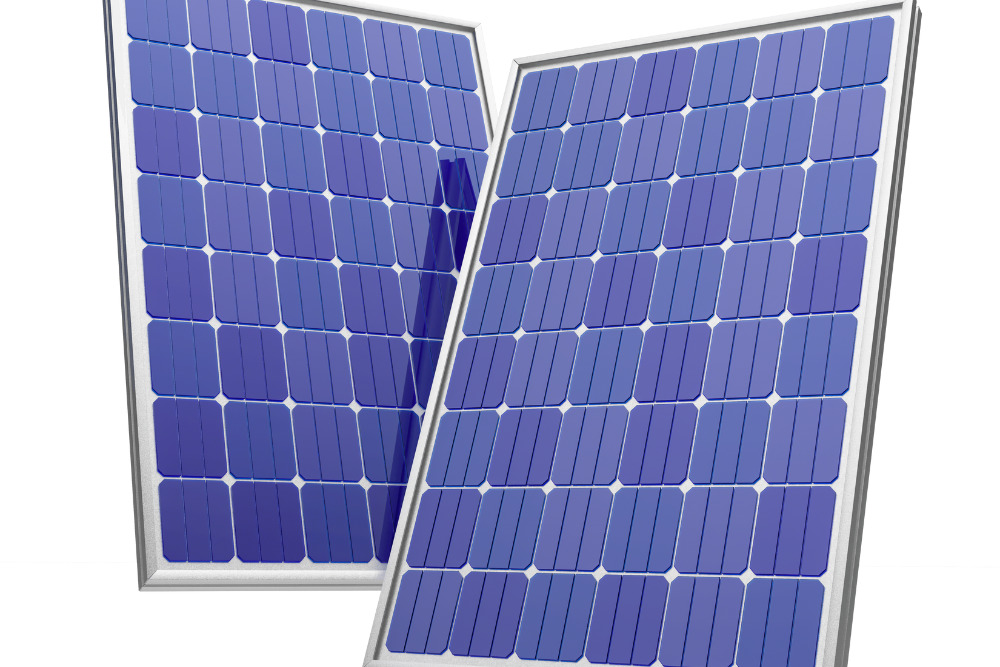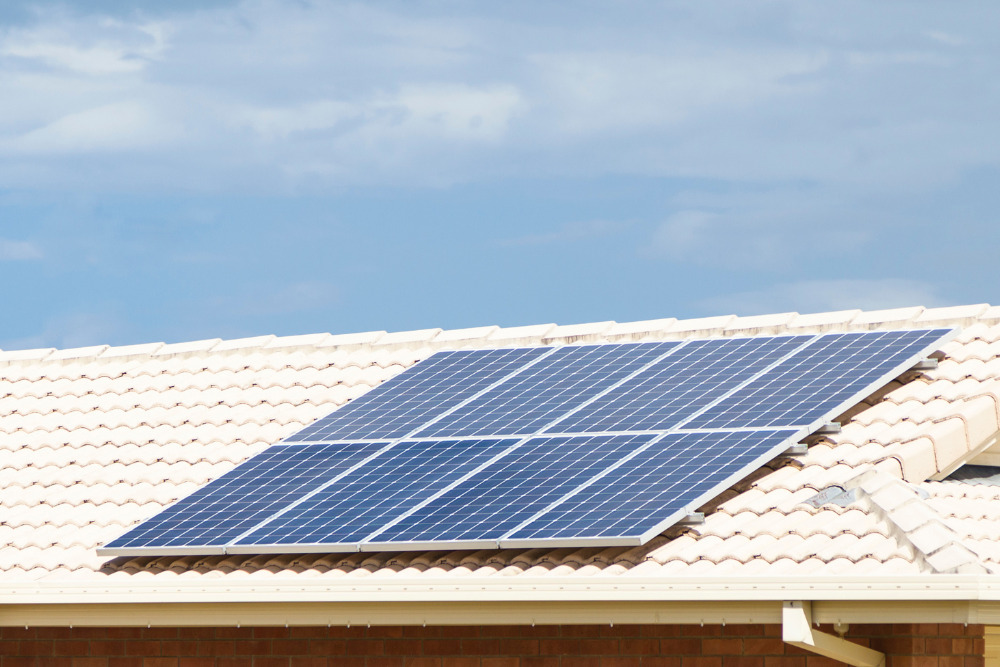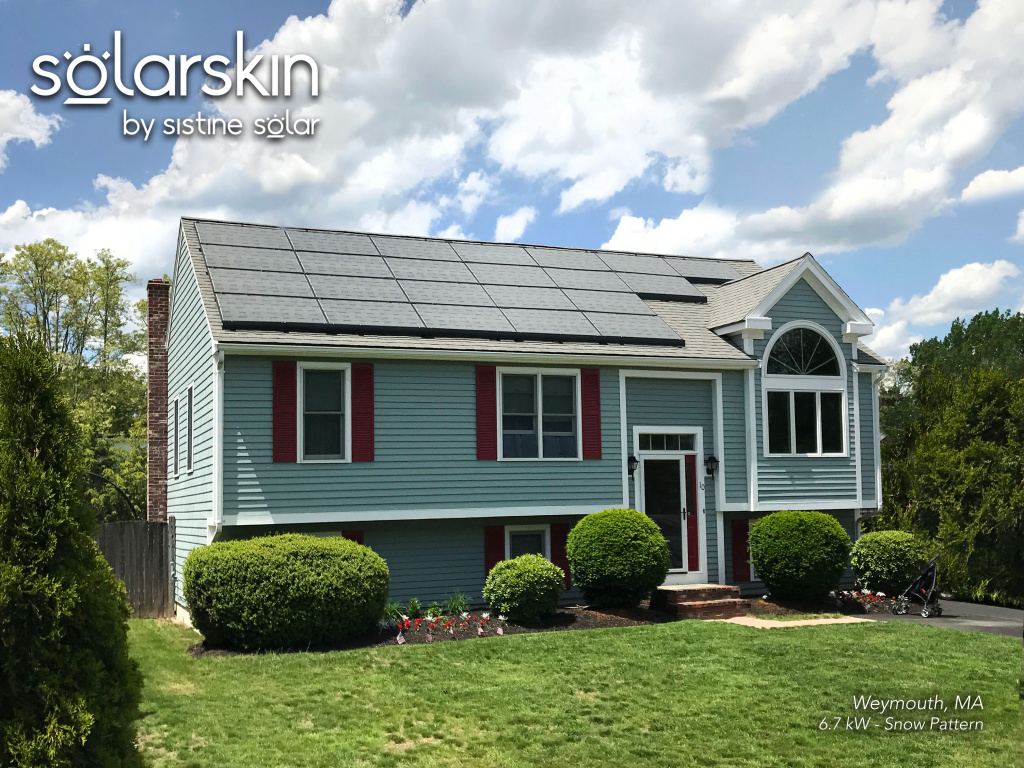
Solar panels come in three standard sizes, and the size and number of panels you need for your house is based on your energy needs, panel type, rooftop area, and sun exposure.
Residential solar panels come in three standard sizes. The size you need is based on the power output needed and the available rooftop space for installation.
What Size & Wattage Are Residential Solar Panels?
There are three standard solar panel sizes:
- 60-cell (300-watt average)
- 72-cell (400-watt average)
- 96-cell (500-watt average)
60-cell and 72-cell panels are typically used for residential installations. Commercial solar panels can be any size, but it's more common to have 96-cell panels on large arrays.
How big is one solar panel?
The size of a solar panel varies slightly by manufacturer, but they are in this range:
- 60-cell panels: 65x39 inches (5.5x3.25 feet)
- 72-cell panels: 78x39 inches (6.5x3.25 feet)
- 96-cell panels: 63x42 inches (5.25x3.5 feet)
How much do solar panels weigh?
An average solar panel can weigh anywhere between 33 to 50 pounds. The weight depends on multiple factors:
- Manufacturer
- Material
- Solar cell structure
- Mounting accessories
- Wattage
A standard 60-cell residential panel weighs around 40 pounds. Off-grid solar power kits tend to be smaller and lighter.
How much electricity does each size panel generate?
Solar panel output ranges from 100 watts for small panels to 500 watts for larger, high-efficiency solar panel systems. The average solar panel wattage is about 300.
Besides the cell number and physical size of the solar panels, their efficiency also depends on position and daily exposure to sunlight. For example, on California and Arizona homes, solar panels produce more electricity because these areas have more sunny days.
What Is The Typical Size Of A Solar Panel On A House?
A typical residential solar panel size is approximately 65x39 inches, covering an area of 16 square-feet for a standard 60-cell panel.
How Many Solar Panels Do You Need For Your Home?
A standard 2,000 square-foot home can typically be powered with a 6 kW solar power system, which is approximately 20, standard 60-cell panels.
A solar power system starts with individual photovoltaic cells that are combined to create a single solar panel. Multiple solar panels are then installed on a home to create a solar array.

The number of solar panels you need depends on many factors, including:
- Your energy usage (find the average on your recent utility bill)
- How much sun your home gets
- Your local climate
- The size of the available roof surface
- The efficiency of home solar panels you want to install (monocrystalline panels are more efficient, and more expensive, than polycrystalline panels)
- The purpose of introducing solar energy to your home. Meaning, do you want to simply lower your energy bill, generate enough clean energy to completely eliminate your energy bill, or do you want to generate excess energy and use net metering to sell it back to the utility company?
Homeowners going solar use a solar calculator to determine their optimal solar system size based on energy consumption and demands.
You can do this by looking at the average monthly usage stated in your electric bills. Then, convert kilowatt-hours (kWh) to watts by multiplying the number by 1,000. Divide the result by 365 to calculate your average daily electricity usage.
For an average American home, the daily usage is 29 kWh. A 325-watt panel can produce about 1.3 kWh, so you would need 23 of those to achieve your house's ideal solar panel efficiency.
Although this may seem overwhelming, the point is to figure out how much electricity your home uses to know how many panels you’ll need.
The good news is that consultations and estimates from local solar installers are FREE for homeowners. A good professional will be able to quickly assess your roof and energy usage and give you several options based on your needs and budget.
While there are many online tools to get started, Google’s Project Sunroof is a neat solar calculator that uses Google Earth. It generates a 3D modeling of your roof and average hours of usable sun per year to calculate your approximate solar panel needs and savings.
What If You Don’t Like The Aesthetics Of So Many Solar Panels On Your Roof?

The reality is that generating sunpower requires a good amount of roof space. If you don’t like the aesthetics of a rooftop solar system, you can camouflage it by:
- Surrounding your home with high trees, though this may shade some of the panels during certain times of the day
- Installing panels on a structure separated from the house, such as a solar pergola, carport, or garage
- Choosing low-profile or ground-mounted solar panels
- Applying residential SolarSkin overlay to match your roof. Shingle, tile, and metal roofs of any color can be matched, or you can go bold with a custom design, like a unique ground-mounted solar array that appears to be reflecting a blue sky with clouds.
- Installing photovoltaic shingles, although this specialty product is typically about double the cost of traditional solar panels


